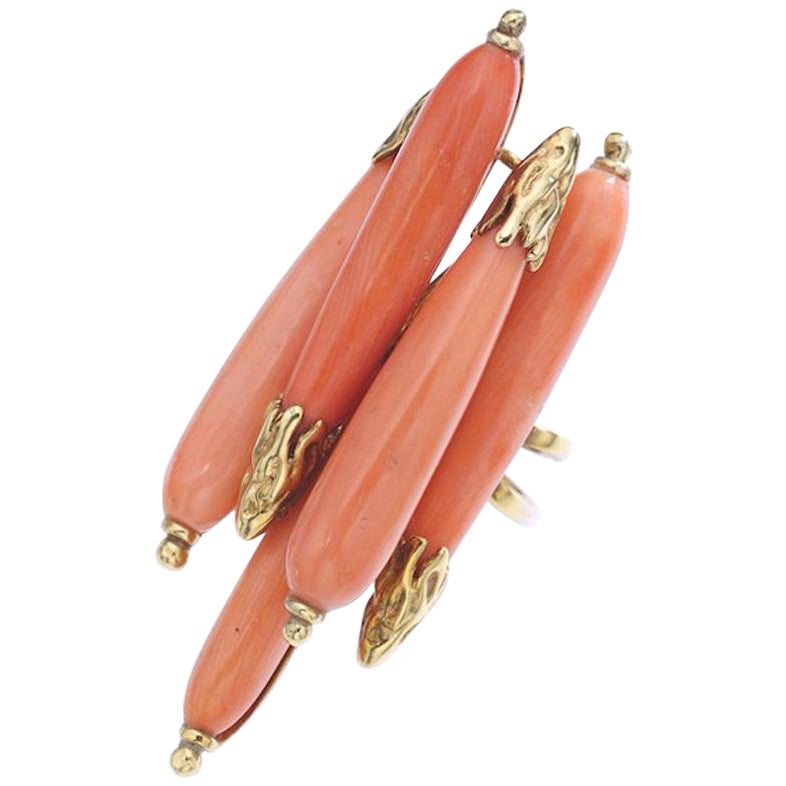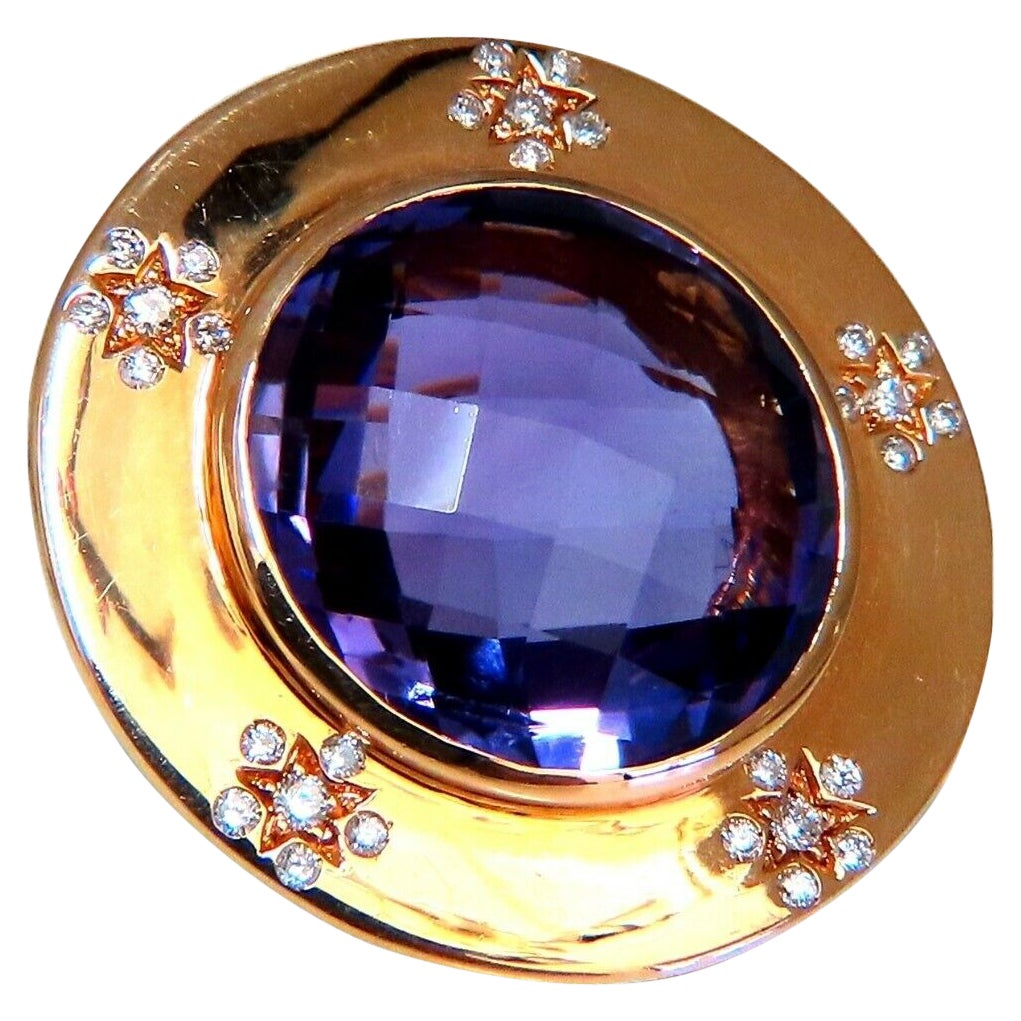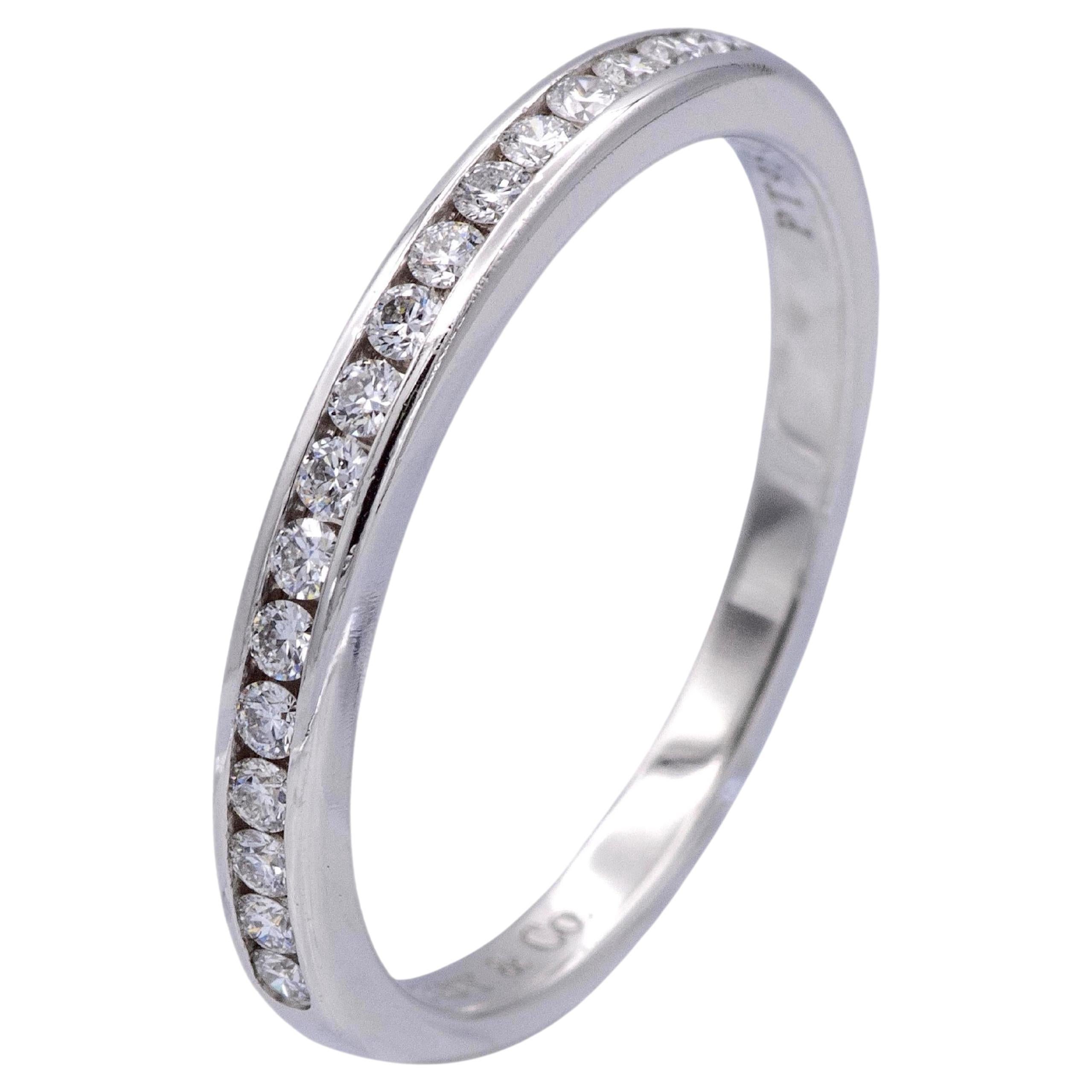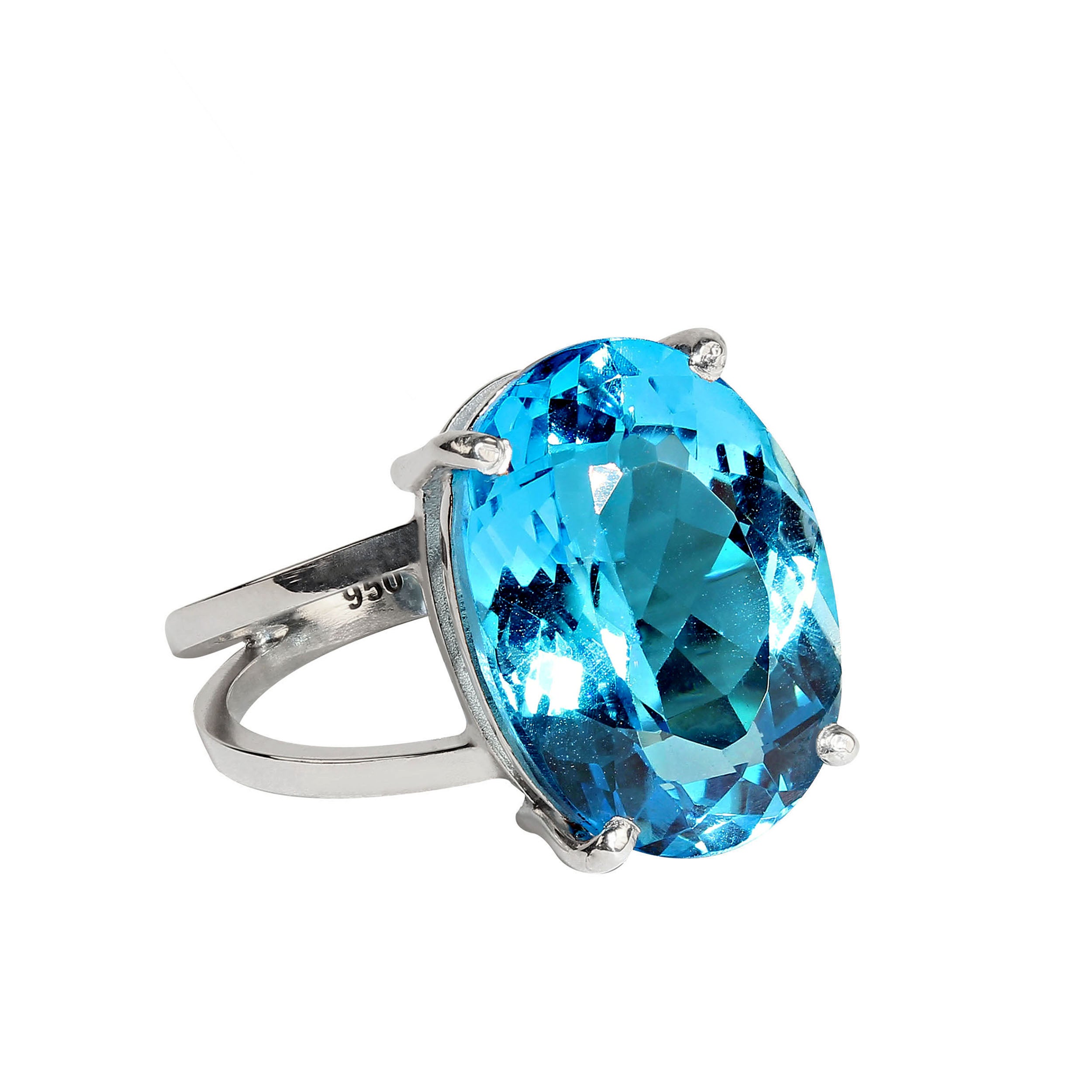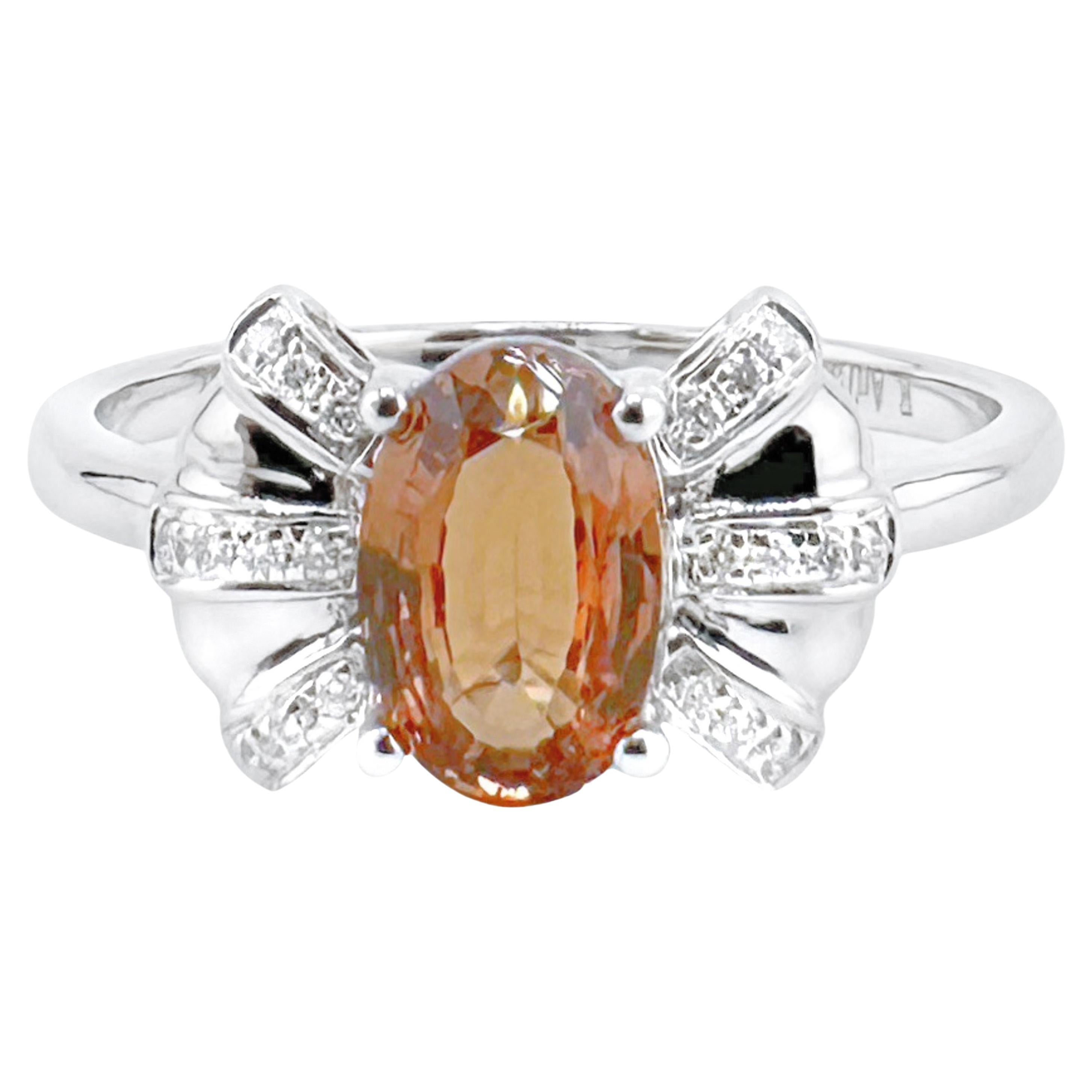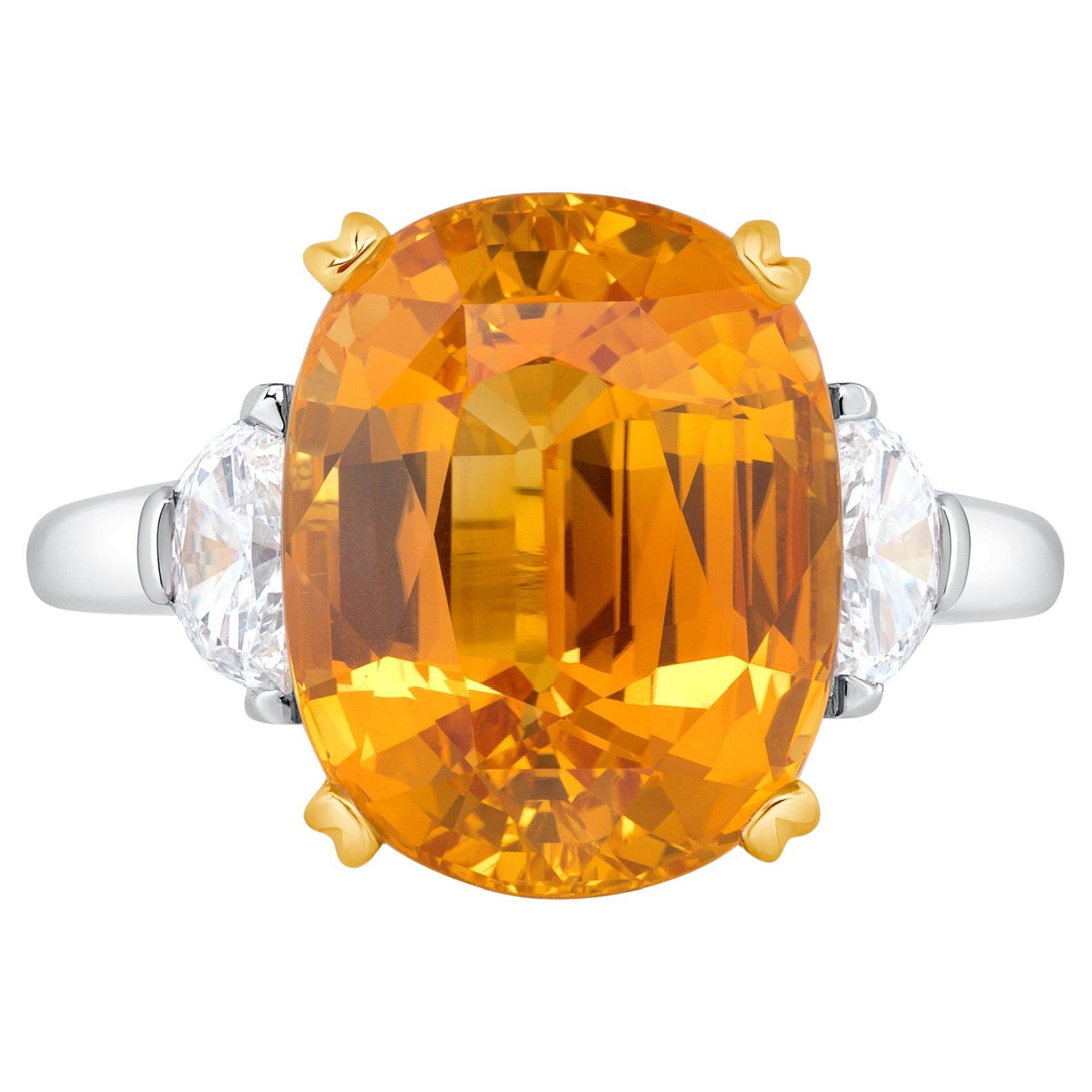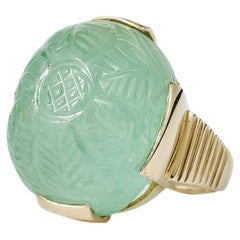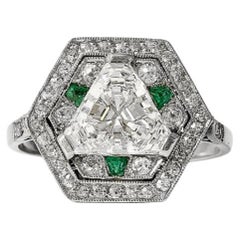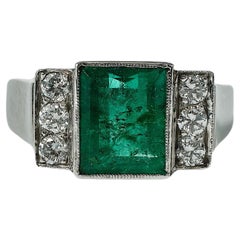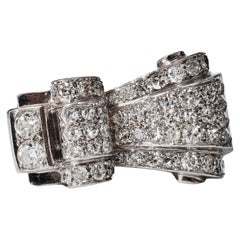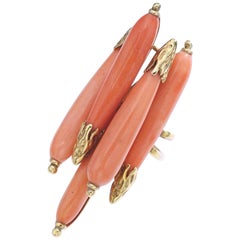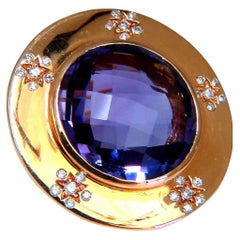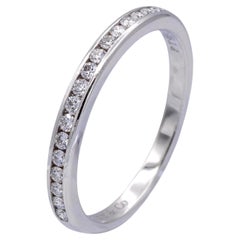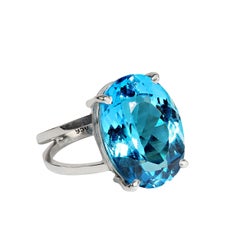17ct sapphire ring by Sterlé, ca 1960
À propos de cet article
- Créateur:
- Taille de bague:5 US, Ajustable
- Métal:
- Pierre:
- Taille de la pierre:
- Poids:17 ct
- Style:
- Lieu d'origine:
- Période:
- Date de fabrication:1960
- État:Usure conforme à l'âge et à l'utilisation.
- Adresse du vendeur:Malmö, SE
- Numéro de référence:1stDibs : LU3148226504142
Pierre Sterlé
Après la perte de son père pendant la Première Guerre mondiale, Pierre Sterléa été placé sous la tutelle de son oncle, qui l'a aidé à entrer dans le monde de la joaillerie. Au sommet de son succès, Sterlé a dessiné pour les titans de la joaillerie Boucheron, Chaumet et Ostertag. Il a remporté le prix De Beers Diamond Award trois années de suite et opérait à partir d'une boutique exclusive à Paris qui servait l'élite et les familles royales sur rendez-vous uniquement.
Son oncle était un bijoutier parisien de la rue de Castiglione. Sterlé a créé son propre atelier à l'âge de 29 ans et a passé cinq ans à dessiner pour d'éminentes maisons de joaillerie parisiennes de la rue Sainte-Anne. Au milieu des années 1940, Colette avait rapproché son atelier de la place Vendôme pour mieux servir ses riches clients, parmi lesquels l'écrivain français Colette, le roi Farouk d'Égypte, le Maharani de Baroda et la Bégum Aga Khan.
Sterlé avait une capacité remarquable à "tricoter l'or" pour en faire des chefs-d'œuvre tissés. Ses prouesses techniques étaient inégalées à Paris, voire dans le monde entier. Sa technique du "fil d'ange", considérée comme sa signature, incorpore de l'or dans de fines cordes qui deviennent des bracelets à maillons, des bagues de cocktail et des accents sur des broches et des épingles décoratives. L'effet produit donne une impression de mouvement et de vie aux pièces, ce que Sterlé s'est efforcé de faire en essayant de rendre le métal et les pierres précieuses moins rigides et moins froids.
Deux malheurs ont fait dérailler son entreprise. La première fut l'échec d'une entreprise de parfumerie, qui l'obligea à vendre nombre de ses créations à Chaumet et au joaillier new-yorkais Montreaux. Sterlé a rebondi avec une exposition réussie à la 1966 Biennale à Paris, où il a été le premier moderne bijoutier jamais invité. Son deuxième faux pas a été plus préjudiciable. Il ouvre une boutique exclusive rue Saint-Honoré en 1969. C'est un échec et il est contraint de se déclarer en faillite, vendant la plupart de ses actions à Chaumet en 1976.
Sterlé est resté dans l'entreprise en tant que consultant jusqu'à sa mort deux ans plus tard, en 1978.
Sur 1stDibs, retrouvez une collection de bagues vintage Pierre Sterlé , boucles d'oreilles, bracelets et plus encore.
- ExpéditionRecherche du devis...Expédition depuis : Malmö, Suède
- Politique des retours
Plus d'articles de ce vendeur
Tout afficherVintage, années 1970, Finlandais, Moderne, Bagues cocktail
Émeraude, Or 18 carats
Vintage, années 1930, Français, Art déco, Bagues cocktail
Diamant, Platine
Vintage, années 1960, Suédois, Moderne, Bagues cocktail
Émeraude, Or, Or 18 carats, Or blanc
Vintage, années 1930, Européen, Art déco, Bagues fantaisie
Diamant, Platine
Vintage, années 1960, Suédois, Bagues de fiançailles
Diamant, Saphir, Or 18 carats, Or jaune
Antiquités, Fin du XIXe siècle, Anglais, Victorien, Bagues fantaisie
Diamant, Or, Or 18 carats, Or jaune
Suggestions
Vintage, années 1960, Français, Mouvement esthétique, Bagues fantaisie
Corail, Or 18 carats, Or jaune, Or
années 2010, Américain, Solitaires
Améthyste, Diamant, Or 18 carats, Or rose
XXIe siècle et contemporain, Américain, Moderne, Bagues de fiançailles
Diamant, Platine
XXIe siècle et contemporain, Brésilien, Artisan, Bagues cocktail
Topaze, Topaze bleue, Argent sterling
XXIe siècle et contemporain, Hong Kong, Moderne, Bagues fantaisie
Diamant, Saphir, Or blanc
XXIe siècle et contemporain, Américain, Moderne, Bagues fantaisie
Saphir jaune, Saphir, Diamant, Platine, Or jaune, Or 18 carats
